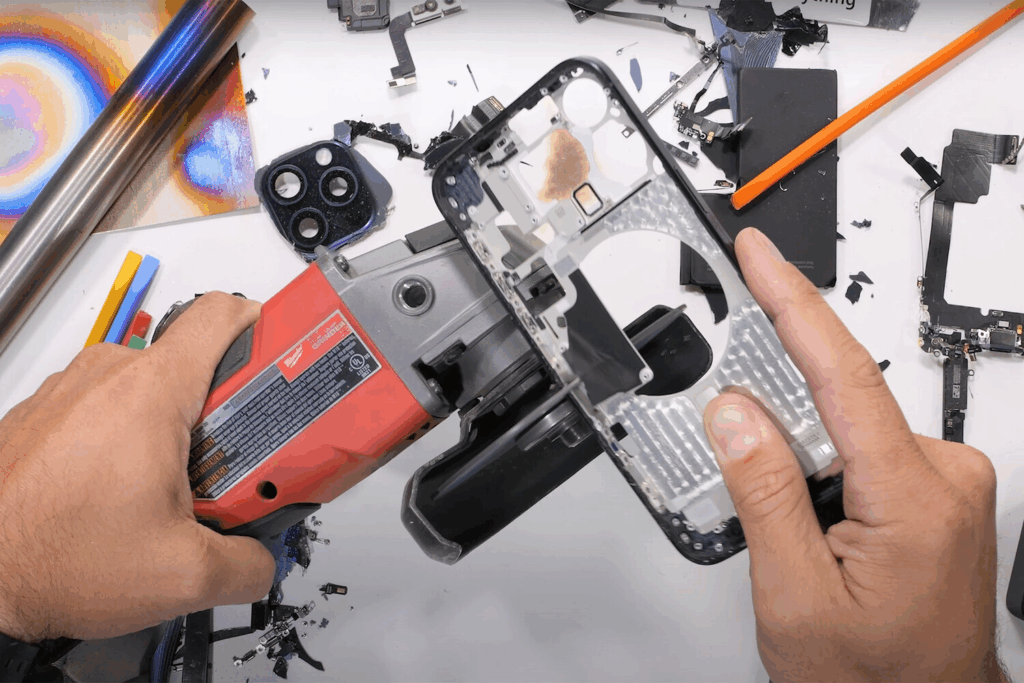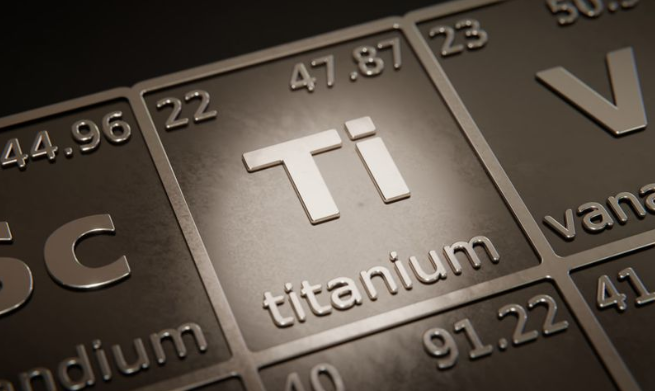📱 What Really Stands Behind Apple’s Decision to Drop the “Premium” Metal
Apple is changing direction once again. After two generations of “titanium” iPhones, the company plans to return to aluminum and stainless steel for its flagship models. According to recent leaks (confirmed by reliable insiders), the iPhone 17 Pro and iPhone 17 Pro Max will no longer feature titanium — instead, Apple will use more conventional and cost-effective materials.
Ironically, while the “Pro” models lose titanium, the new iPhone 17 Air — a thinner and lighter version — will keep its titanium frame.

Why is Apple abandoning titanium?
There are several reasons, and as usual with Apple, they relate not only to technology but also to economics and marketing.
Cost and Profit Margin
Titanium is an expensive material that requires complex machinery and high-temperature processing. After switching to titanium in the iPhone 15 Pro, Apple saw production costs rise by 10–15%.
While part of that was offset by higher retail prices, growing competition and weakening smartphone demand (especially in China) pushed Apple to cut costs to maintain margins.
Returning to aluminum or stainless steel is an obvious way to stabilize costs without noticeable quality loss for most users.
Manufacturing and Coloring Challenges
Titanium proved tricky to work with. Many iPhone 15 Pro users complained about discoloration and dulling of the titanium frame from skin contact.
Apple had to introduce complex multi-layer anodizing to fix the issue — further increasing cost and production time.

Marketing Fatigue
When Apple first introduced titanium, it symbolized status. But two years later, “titanium body” no longer sounds exciting.
Apple needs every generation to feel new. Switching back to aluminum could shift attention from materials to new AI features or display innovations.
Environmental Considerations
Apple continues to push its “green” agenda. Producing titanium is far more energy- and carbon-intensive than recycling aluminum.
By returning to aluminum, Apple can claim a lower carbon footprint — perfectly fitting its eco-friendly corporate image.
How will this affect iPhone quality and perception?
Most users won’t notice much difference. Aluminum is lighter and conducts heat better, potentially improving comfort during long use.
Titanium, while stronger, offers little practical benefit since most users keep their phones in protective cases anyway.
Visually, though, the device may feel slightly less “premium,” lacking titanium’s cold matte finish. For those who see material as part of the luxury experience, this might feel like a step down.

What will happen to the titanium market?
After the release of the iPhone 15 Pro, demand for titanium surged — prices for aerospace-grade titanium rose by nearly 20%.
Now, with Apple pulling back, demand could soften. Analysts expect a 5–8% price correction in 2026 unless other manufacturers pick up the trend.
Why titanium in the iPhone 17 Air then?
Apple’s logic remains consistent: create a “premium feeling” in a non-premium model.
The iPhone 17 Air is positioned as an ultra-thin, lightweight, and design-focused device — “an iPhone for aesthetes.” Titanium ensures rigidity at minimal thickness, while its absence in Pro models will make Air stand out even more.

🔍 Conclusion
Dropping titanium isn’t a step backward — it’s a strategic adjustment. Apple is doing what it does best: aligning materials and technology with marketing goals.
Titanium served to mark the “Pro era,” but now it’s time to bring back lightness, cost-efficiency, and sustainability.
If you own a “titanium” iPhone 15 Pro, consider it a piece of Apple history — from the company that changes course without ever chan
ging its nature.
All content provided on this website (https://wildinwest.com/) -including attachments, links, or referenced materials — is for informative and entertainment purposes only and should not be considered as financial advice. Third-party materials remain the property of their respective owners.


